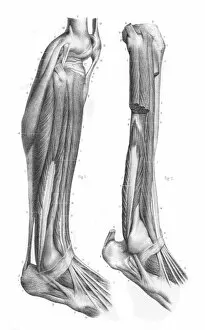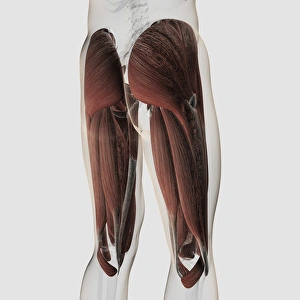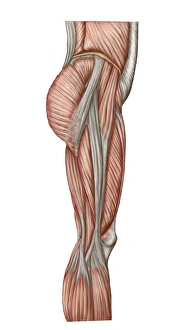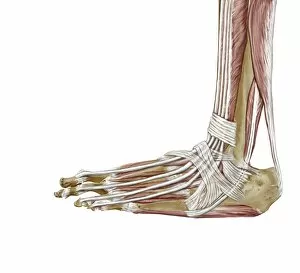Plantaris Collection
"Exploring the Intricacies of Plantaris: Unveiling the Anatomy of Human Legs" Step back in time to 1866, where detailed engravings captured the essence of human anatomy
All Professionally Made to Order for Quick Shipping
"Exploring the Intricacies of Plantaris: Unveiling the Anatomy of Human Legs" Step back in time to 1866, where detailed engravings captured the essence of human anatomy. Delving into the foot plantar region, posterior leg region, external and internal leg regions, these captivating illustrations offer a glimpse into the complexity of our lower limbs. Intriguingly, one engraving showcases male muscle anatomy from a posterior view. Here, we witness the intricate network of muscles that make up our legs - each fiber playing a vital role in our mobility and strength. The anterior view further highlights this muscular symphony with its meticulous depiction of thigh muscles. Amongst this fascinating exploration lies an emphasis on "plantaris. " Nestled within the posterior leg region engraving is this intriguing structure - often referred to as a vestigial muscle due to its diminished size and limited function in humans. While once thought to aid in gripping objects or assist with balance during locomotion like other primates, recent studies suggest that plantaris may play a more significant role than previously believed and has been found to contribute subtly to ankle flexion and knee stabilization during certain movements. As we unravel these engravings' secrets, it becomes apparent how interconnected every aspect of our bodies truly is. From foot plantar region intricacies to internal and external leg structures working harmoniously together – it's awe-inspiring how nature has designed us for optimal performance. So take a moment to appreciate these remarkable illustrations from 1866; they serve as timeless reminders that beneath our skin lies an intricate tapestry waiting patiently for discovery. Let us marvel at the wonders hidden within ourselves – for understanding our own anatomy brings forth newfound appreciation for both science and art alike.









